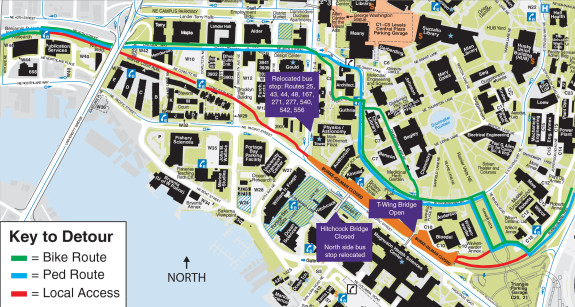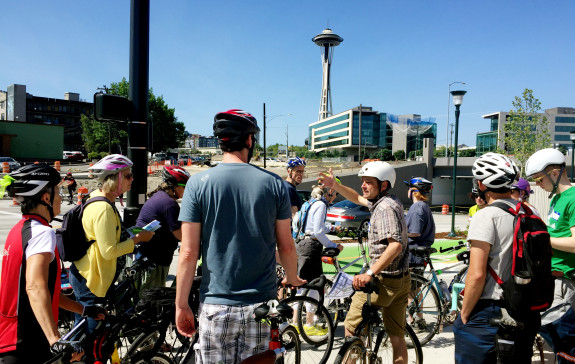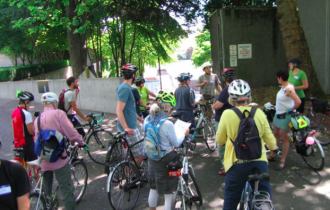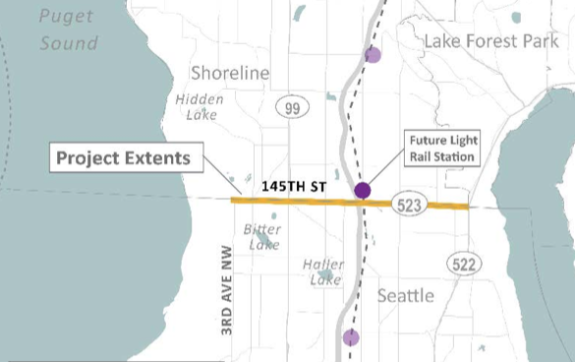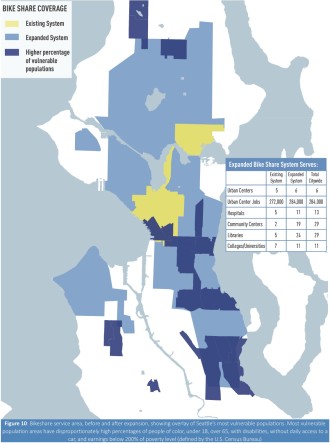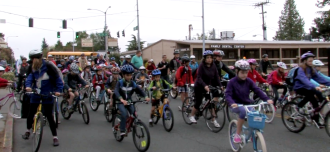
With parents and students leading the way, supported by city staff, elected officials and safe streets organizations, Seattle just dropped an astounding plan to take the city’s walk-and-bike-to-school revolution to the next level.
The plan has been a long time in the making and includes extensive research into best practices for cities, parents, students, schools and police to all work together to increase the number of students getting to class under their own power safely. It outlines how to improve safety today, but also outlines how to invest in infrastructure and youth education to increase safety for a generation.
For example, every Seattle Public Schools 3rd, 4th and 5th Grade class will receive in-class biking and walking education starting next school year thanks to a partnership between the city, SPS and Cascade Bicycle Club. This is a huge increase in youth biking and walking education, which currently only reaches 32 of 71 elementary schools.
The city will also invest in safe streets changes like better crosswalks, speed humps and sidewalks. And funding to power these changes will come from a wide variety of sources including more of the city’s brilliant speed cameras and, of course, from Move Seattle if voters approve Seattle’s Prop 1 this month.
“Our city is growing rapidly and the population of school age children grows with it,” Mayor Ed Murray wrote in the intro to the plan.
A huge amount of peak-hour traffic is just for school drop-off and pick-up. Meanwhile, 83 percent of public school students live within their school’s walk zone and nearly all live within the bike zone.
Walking and biking to school is good for student health and is proven to help kids stay focused during class. But it’s also vital for helping the whole city keep moving as it grows. Even people without kids have a stake in this plan.
And the good news is that efforts in recent years are working, so we’re on the right track.

